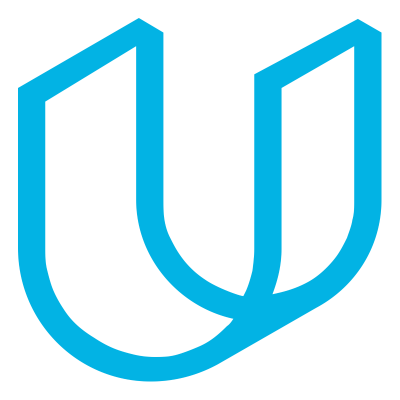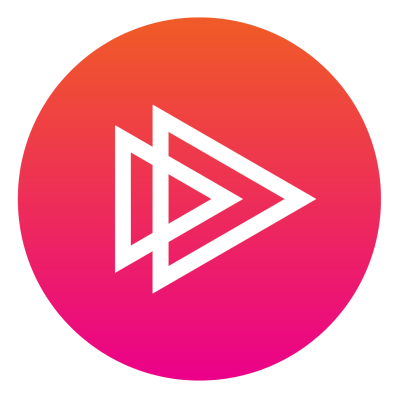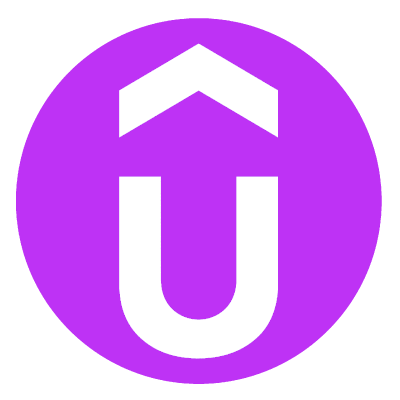We independently test and review every course that we recommend.
Please support us by joining our mailing list, and recommending this guide to others.
Updated: January 5, 2024

Udacity
By Kesha Williams, Michal Kapiczynski, Gabriel Ruttner, Justin Lee, Ivan Mushketyk
This intensive, hands-on program will have you ready to build professional cloud-first full stack apps with AWS.
This Nanodegree covers the majority of AWS used by real-world developers, and prepares learners to build cloud-first applications.
In this Nanodegree, you’ll complete four solo portfolio projects and receive a code review and personalized feedback. The projects include deploying a static website to AWS, building an image-processing application with Node and AWS, refactoring a monolithic app to a modern microservices application, and building a serverless version of the image-processing application.
Udacity’s hands-on approach is intense, but it works. Their emphasis on practice and real-world examples will prepare learners for actually building professional-grade cloud-first applications.

A Cloud Guru
By Various Authors
Solid, comprehensive multi-format learning path from the premier online cloud learning platform.
A Cloud Guru's AWS Developer Skill Path is a standout resource for individuals eager to advance their AWS development skills. This skill path is backed by expert authors, ensuring you receive top-quality instruction and guidance throughout your learning journey.
This path begins from the absolute basics of Cloud Computing with AWS and progresses to seriously advanced topics. If you complete this path, you will become an AWS Development guru, ready to build enterprise-level applications using the core AWS technologies.
One of the core strengths of this skill path is its comprehensive video content. A Cloud Guru provides a wealth of video courses covering various aspects of AWS development. These videos are presented by industry experts who offer in-depth explanations and practical insights, allowing you to gain a thorough understanding of AWS services and development practices.
Hands-on exercises are a key component of this skill path, enabling you to apply what you've learned in a practical environment. These exercises reinforce your knowledge and help you build confidence in your ability to work with AWS technologies effectively.
Our initial research involved spending hours reading hundreds of reviews of various course options, and perusing forums for recommendations and user preferences. From this research, we narrowed down to a list of 12 highly-rated candidate courses.
We graded the candidate courses against the following criteria:
From this thorough research and testing, we're confident this is the single best guide to AWS Fundamentals courses available.

Pluralsight
By Various
A solid collection of learning paths containing videos and assessments teaching foundational AWS.
These skill paths cover the foundational AWS services and concepts. Each of the paths goes from introductory to advanced topics, and covers a wide range of real-world use cases for the various AWS services, ensuring you're ready to use AWS in a variety of professional settings.
One feature that sets Pluralsight apart is its expert authors. Pluralsight authors are some of the top experts in teaching AWS, and provide tons of real-world examples and scenarios, so you learn how each AWS technology is actually used in the real world.
This learning path will teach you the fundamentals of services like S3, EC2, DynamoDB, IAM, and VPC, and prepare you learn advanced features.
Each path contains an interactive assessment that lets you see how your skills and knowledge measure up against the rest of Pluralsight's users.

Udemy
By Stephane Maarek
A top-tier video course that teaches AWS development essentials and preparation for the AWS Certified Developer - Associate (DVA-C02) certification exam.
The course includes extensive video content that covers all key domains of the AWS Certified Developer - Associate exam. You'll learn about AWS services, serverless computing, deployment, monitoring, and more. The video content is well-structured and includes practical examples, ensuring that you grasp the concepts thoroughly.
One of the standout features of this course is the expert instructor, Stephane Maarek, who is widely recognized in the AWS certification training space. His clear and detailed explanations provide a strong foundation in AWS development concepts, making complex topics understandable.
Real world demonstrations are a crucial part of this course, allowing you to see the technologies working in a practical setting. You can follow along with the demonstrations using the AWS free tier to see the technologies working in a live environment. As you follow along with the demos, you'll gain hands-on experience in developing AWS applications, touching 30 AWS services, including EC2, S3, RDS, DynamoDB, IAM, and Lambda.

Cloud Academy
By Andrew Larkin, Stuart Scott, and more
Solid cloud-specialist training option with frequent labs for practice and assessments for skill validation.
This training path covers the foundational AWS technologies you need to know as a full stack developer, introducing Compute, Storage, Databases, Networking, Identity and Access Management, and Lambda.
The courses are divided into short sections, making it easy to find specific sections for ongoing reference or review.
The platform includes hands-on labs where you can practice the skills covered in the courses without a bunch of setup overhead. We especially like the Lab Challenges, where you're given instructions for the desired end state of an environment, and left to figure it out within a time limit. These Lab Challenges are based on real-world situations that test your skills and knowledge.
Amazon Web Services (AWS) is one of the most widely used cloud platforms in the industry. AWS offers a vast array of services, from computing and storage to databases, machine learning, analytics, and more, all hosted on Amazon's servers and billed to developers based on usage.
AWS provides a range of tools and services to fit different use cases and technologies. As a full-stack developer, you can choose the services that best align with your application's requirements. Understanding AWS also helps you embrace cloud-native development practices, which are becoming the standard for modern applications.
Many if not most companies, startups, and enterprises use AWS for their infrastructure needs, making it an immensely valuable skill to have. In fact, AWS's combination of on-demand computing resources with low overhead starting costs and simple scaling to accommodate growing user demands is one of the chief reasons for the startup boom in the 2010s.
AWS vs. GCP vs. Azure:
While AWS is highly prevalent, Microsoft Azure and Google Cloud Platform (GCP) also have their strengths and unique features.
While learning any major cloud platform is valuable, if you're new to cloud computing, we recommend starting with AWS due to its widespread adoption. Over time, you can explore other cloud providers to diversify your skillset based on your interests and career goals.
Here's a breakdown of AWS services and topics based on their relevance to becoming a full-stack developer, their foundational importance, and their advanced nature:
Necessary to Get Started:
Foundational but Not Required Initially:
Advanced Areas for Progression:
Remember that AWS offers a vast array of services, and your learning journey can be tailored to your projects and career goals. Start with the necessary services, gradually delve into foundational areas, and as your applications become more complex or as you aim for specific roles (such as DevOps engineer), explore the more advanced services that align with your path. Continuously staying up-to-date with AWS services and best practices will contribute to your growth as a full-stack developer.
Before diving into AWS, it's helpful to have a solid foundation in web development and a good understanding of how web applications work. Here are some prerequisite knowledge and skills:
Web Development and Architecture: You should be comfortable with web development concepts, including HTML, CSS, and JavaScript. Understanding how web pages are structured, styled, and interacted with is essential. You should also understand the architecture of web applications, including the separation of concerns (front end vs. back end) and the role of APIs in modern web development.
HTTP Protocol: Familiarize yourself with the HTTP protocol and its request-response nature. Understand concepts like URLs, headers, and status codes.
Front-End Frameworks: It's helpful to have knowledge of a popular front-end framework like React, Angular, or Vue.js.
Back-End Development: You should have experience with a server-side programming language like Python, Node.js, or PHP.
Command Line: You should be comfortable using the Linux command line / terminal to navigate a file system, run scripts, and issue commands. AWS can be managed through a graphical user interface, but managing remote services through the command line will make you significantly more effective and faster as a developer.
Help us out by joining our email list to get notified when we release new guides, and recommending this guide to others.
Thanks for reading!